Site will be
unavailable for maintenance from June. 4, 11:30 p.m., to June 5, 12:30 a.m. ET. Thank you for your
patience!
2020 Annual Report
When it comes to making sure that more children grow up healthy,
educated and safe, we're in it for impact.
Welcome to Our Latest Impact Report
Stronger Together: A Story of Connection and Impact details ChildFund’s learning and contributions since our last Impact Report in 2018. In 2020 alone, ChildFund worked with 240 local partners and through 213 grants, making an impact in the lives of 13 million people. But how exactly do we define our impact? And how do we continue to ensure its sustainability over time?
Our 2020 Impact Report is a look at where we’ve been, where we are and where we’re going on the journey of strengthening communities and making an impact in children’s lives, especially in terms of keeping them safe.
Achieving Destination 2020
Did you know that every year, an estimated 50% of children in the world are victims of violence?
In 2017, ChildFund set a new strategic goal to help guide our work: to ensure that more children were living in conditions that enable their optimum development at each stage of their lives. But we realized we couldn’t do that without first protecting children from abuse, neglect, exploitation and other forms of violence.
We affirmed our commitment to ending violence against children by placing child protection at the heart of our organizational strategy, Destination 2020. It became the thread woven throughout our programs and our organization as a whole. Through this deepened commitment to child protection, we and our local partners now …
- use community-based child protection (CBCP) mapping, a unique form of data collection, to better understand – and respond to – the changing forms of violence that children experience as they grow.
- use this rich, contextual information to help communities prevent and respond to violence against children at home, at school and in the community.
- apply our knowledge and learnings on child protection to help children thrive in all our programs on early childhood development, education and health, including in emergency settings.
- advocate at the local and national levels for improved laws and services to protect children.
So, how have our efforts so far measured up to our goal? More than 50 programs across 18 countries now show at least preliminary evidence of positive change for child protection outcomes in all three regions.
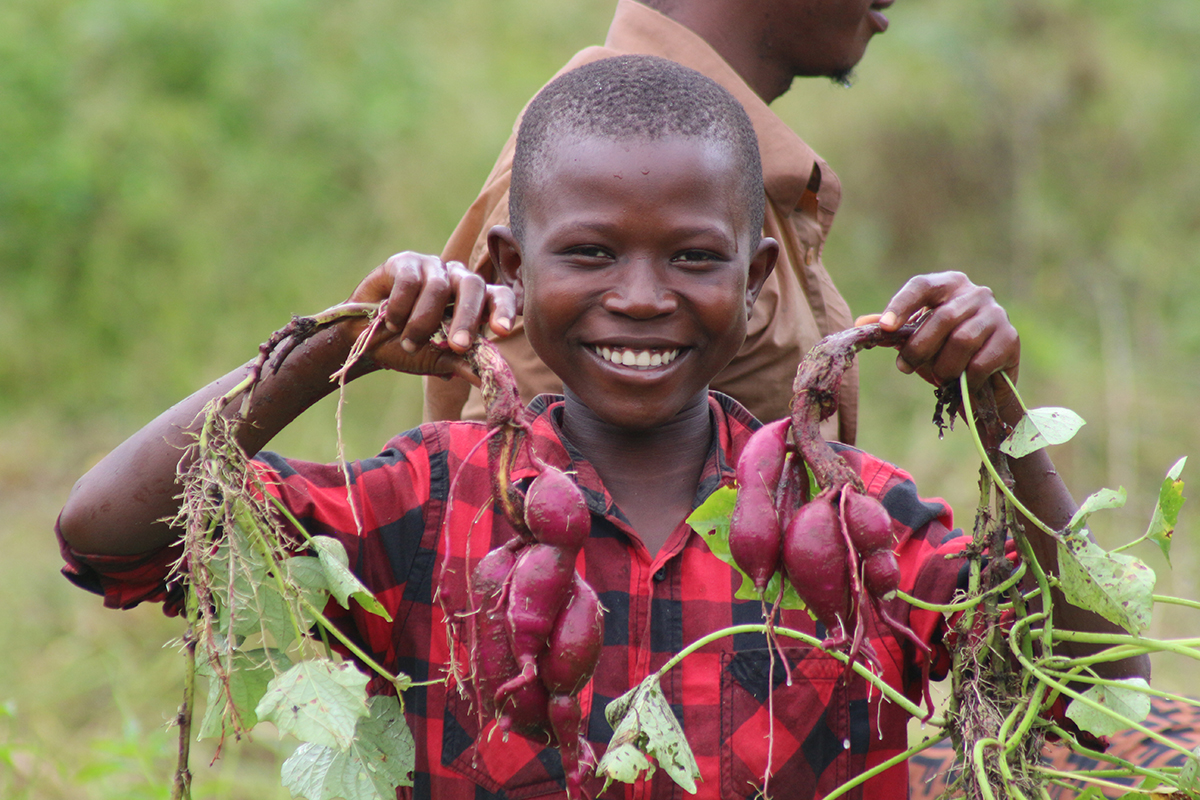
Our Global Impact
How exactly do we define "impact"?
We characterize our impact using four key dimensions:
- the positive change we see in our core outcomes as measured by performance data—our global monitoring of key indicators and our programming evidence.
- the feedback we receive from children, families, sponsors, partners and stakeholders on how our work with them has made a positive difference in their lives—and in their communities.
- how we apply learning about what works well and does not work well in our programs and strategies to improve outcomes.
- how we contribute to global, collective outcomes for children and their families to United Nation's Sustainable Development Goals
Our Latest Impact Report
In looking back on our strategy and contributions made towards our Destination 2020 goals, we've assembled a comprehensive impact report that:
- shares our cumulative contributions to positive change from our evaluated interventions for children, adolescents and youth for key outcome areas: child protection, education, skills development and health.
- shares our global experiences and results in responding to humanitarian crises, including the COVID-19 pandemic in Africa, Asia and the Americas.
- identifies our contributions to key United Nations Sustainable Development Goal (SDG) targets related to child protection, education, skills development, and health—and across our humanitarian response efforts.
- seeks to promote and elevate our thought leadership in niche and emerging areas as we move toward our new strategy period, Growing Connections 2030.
Areas of Impact
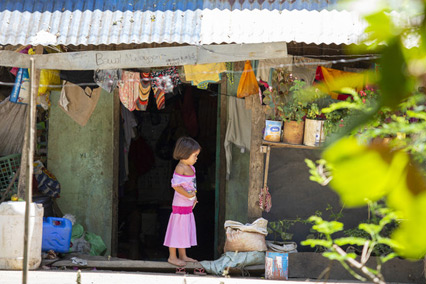
Child Protection
Our child protection programs aim to make sure that from pregnancy to age 24, children and youth grow up safe and protected from harm. Learn about the positive changes we’ve seen in children’s perception of their communities’ safety, their knowledge of how to report violence, and more.
Learn More
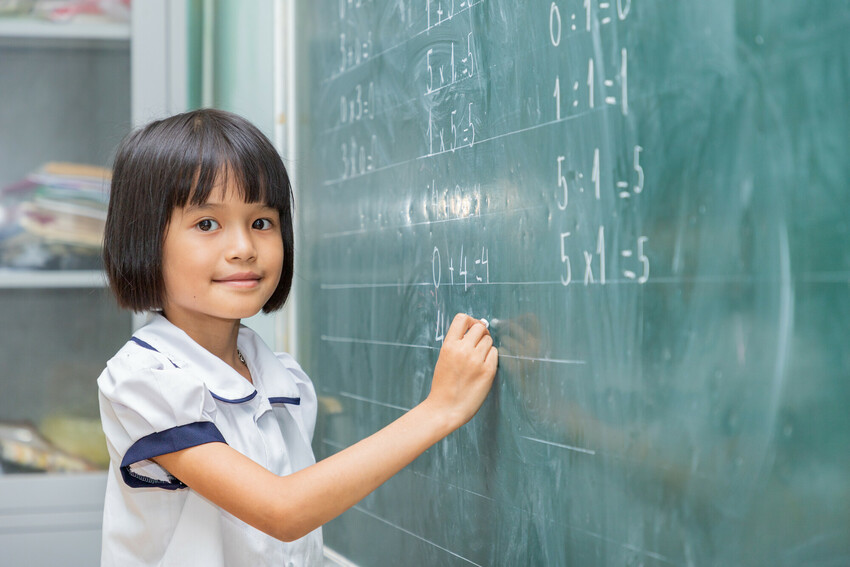
Education
ChildFund works to support children’s learning achievements at all ages with multiple programs that promote quality education. Read how we’re improving key education indicators at every stage of childhood, as well as family involvement in kids’ education.
Learn More

Skills Development
Around the world, young people need skills to succeed in the workforce and in life. Learn about our programs that target skills development outcomes, including work readiness skills, critical life skills and leadership skills to help youth become agents of change in their own communities.
Learn More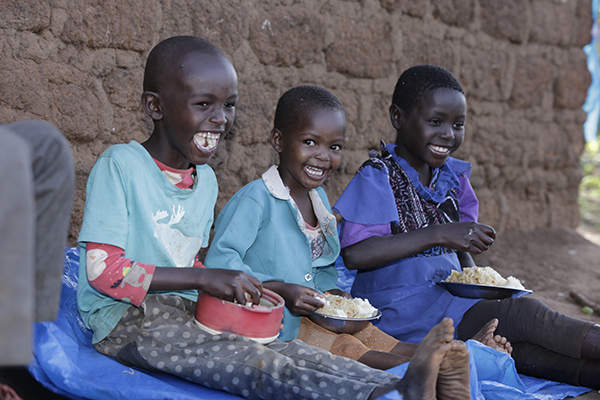
Health
Our programs help children and families around the world improve their health and gain access to vital health care services. Read how we’ve promoted health education and improved children's nutrition, access to clean water, sanitation and hygiene, and more.
Learn More
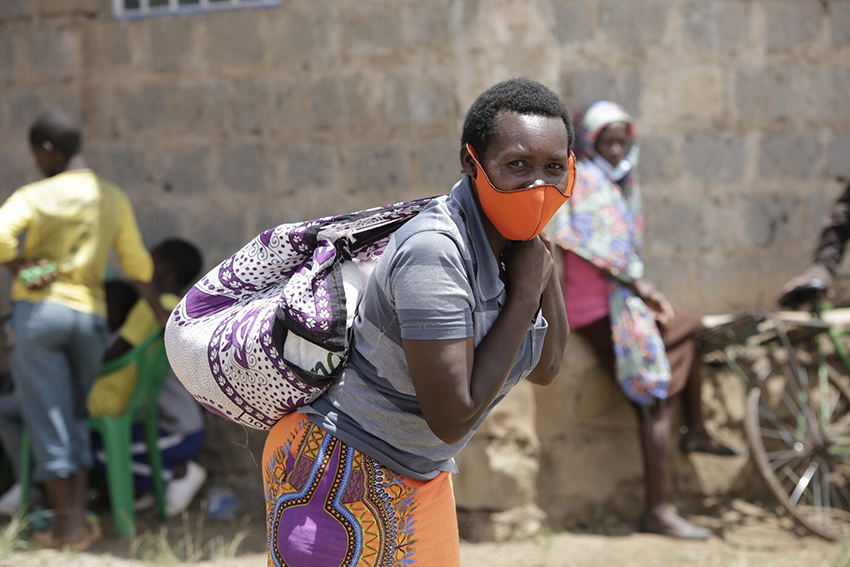
Humanitarian Response
ChildFund provides critical emergency support to children and their families before, during and after disasters and conflicts – and the COVID-19 pandemic has been no exception. Learn more about our impact in the realm of emergency response, including the 4.8 million children we’ve supported through our global COVID-19 response.
Learn More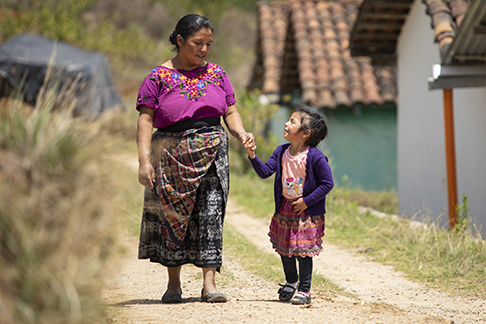
Looking Forward
As we continue to scale our impact, we’re setting new goals to reach more children with programs that change lives. Read more about our Growing Connections 2030 strategy and what lies in store for the road ahead.
Learn More
Impact Highlight: Ending Violence Against Children in Honduras
In 10-year-old Xochitl’s small community in Santa Bárbara Department, Honduras, everything is reminiscent of another time. The crumbling remains of a village built around 200 B.C. still punctuate the landscape near the river. Families tend the same corn, bean and coffee crops they have for hundreds of years. And people’s ways of interacting with one another are just as traditional, especially when it comes to the treatment of children. Many families believe that violent punishment is the only way to teach children how to behave.
Xochitl has new ideas about that. Read More ...
“Physically punishing a child leads to them becoming rude, rebellious and violent,” she says.
Xochitl has been participating in ChildFund’s Me Quiero Me Cuido (“I Want to Take Care of Myself”) program, which incorporates a methodology called Miles de Manos (“Thousands of Hands”) to help address pervasive violence in Honduras. It’s based on the premise that violence can’t be eradicated unless the whole community gets involved. That’s why, instead of focusing on just children, the program also educates parents and teachers about violence – how it damages relationships (and brain development), how to prevent it and how to interact with children in healthier ways.
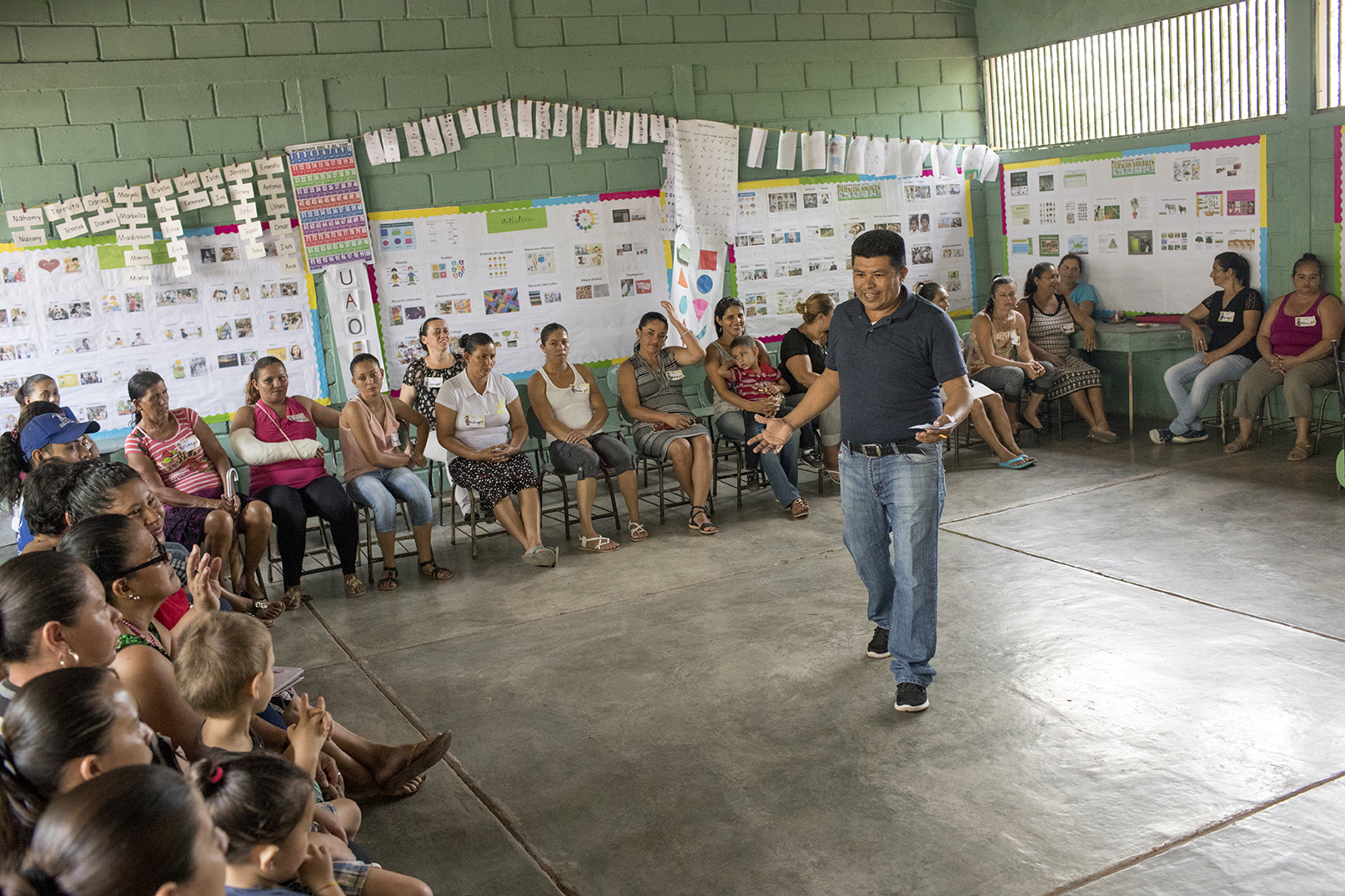
An educator conducts an awareness session with teachers and parents in Santa Bárbara Department, Honduras, as part of the Miles de Manos methodology. Photo by Kyle LaFerriere.
Because the first violence a child experiences is in the home – and later at school – it follows that stronger, more supportive communities begin with the adults who shape children’s environment.
“The adults in our community were raised with violence. The punishments they received as children were immoral,” says José Antonio Guzmán López. He’s the principal at Xochitl’s school, and he says that Miles de Manos has transformed the way adults and children relate to each other. “These days, relationships between parents, children and teachers are improving. Boys and girls are being educated when they do something wrong instead of violently punished. That, for us, is an achievement.
“We’re headed in a different direction now: more human, more loving and tight-knit. We believe that violence can be eliminated,” he says – or at least reduced.
In fact, in some of Honduras’ most dangerous urban areas, ChildFund’s Parents and Teachers Joining Forces for Children in Social Spaces (PUENTES) project – which also applied the Miles de Manos methodology – actually resulted in a 56 percent reduction of violent incidents at school. Parents, teachers and children alike reported feeling safer and more aware of how to prevent and respond to violence, whether physical, emotional or sexual.
Thank You for All You Do
